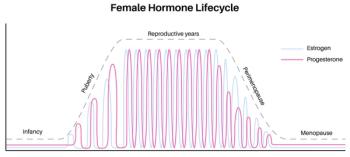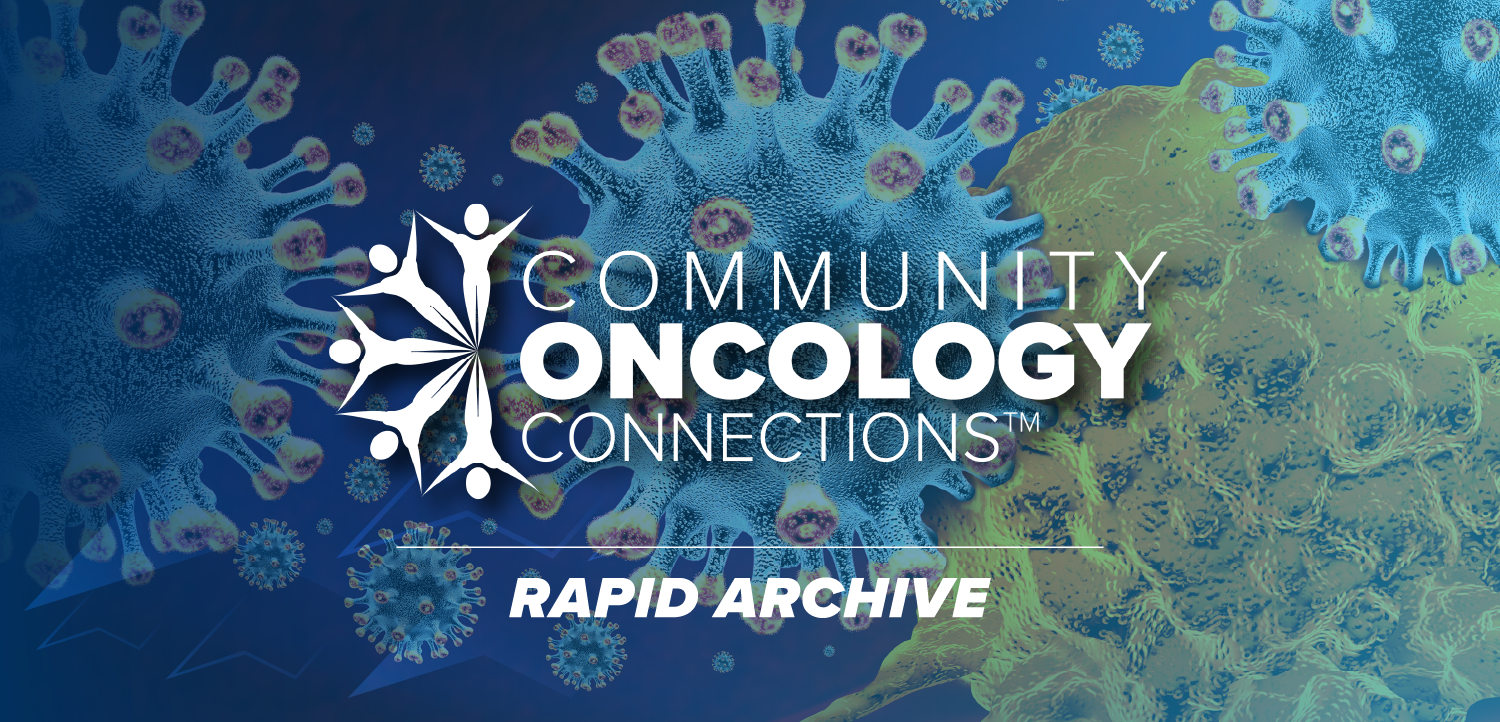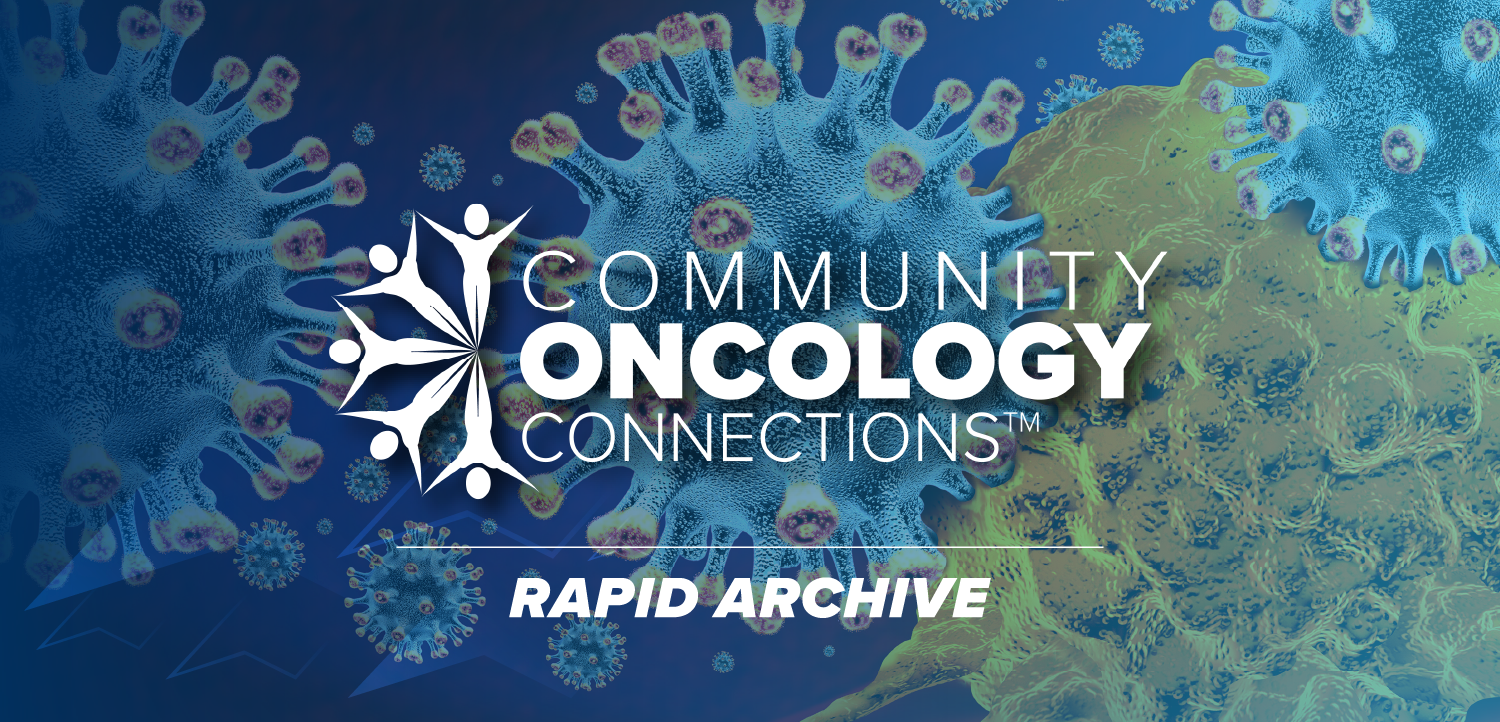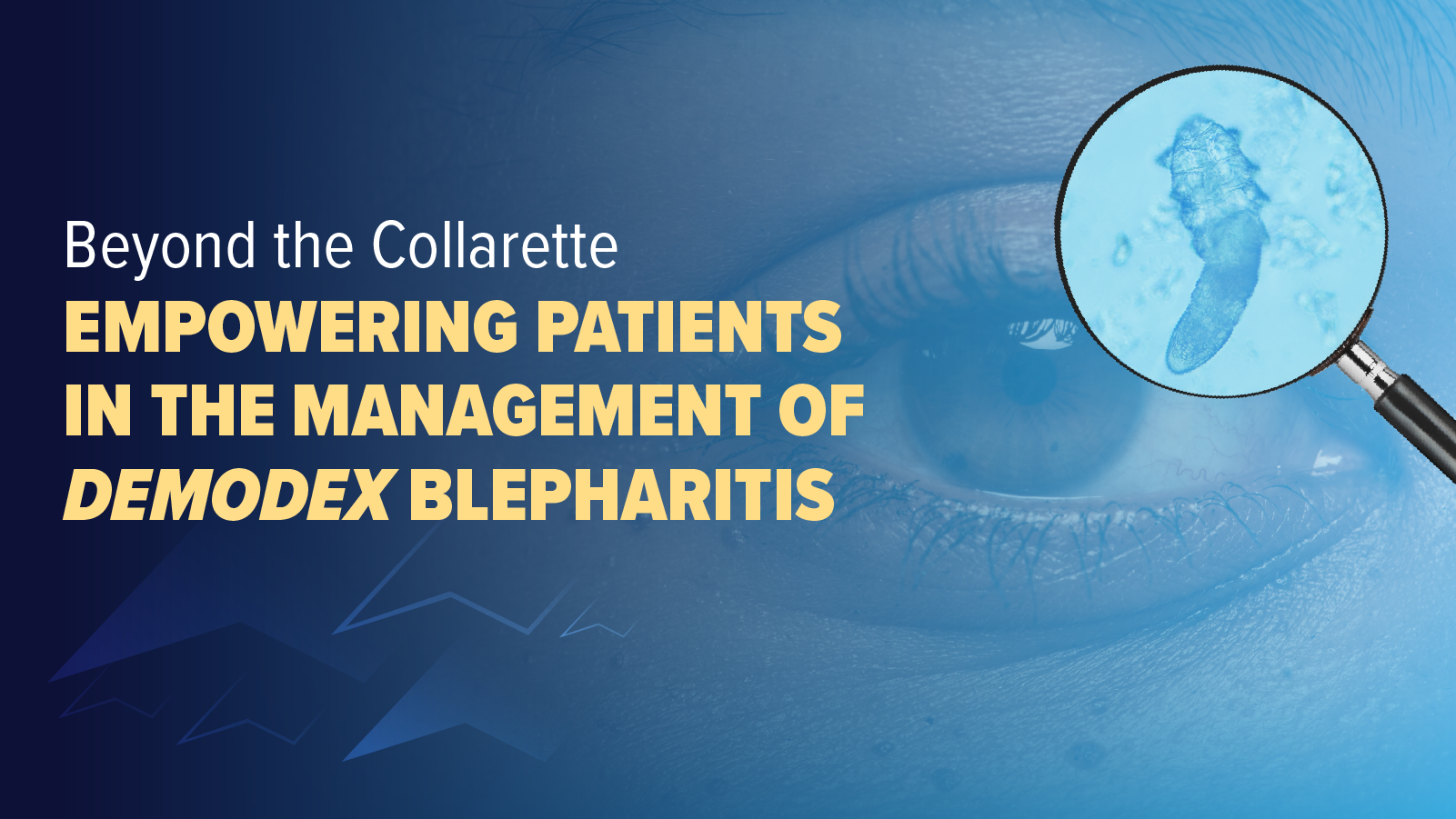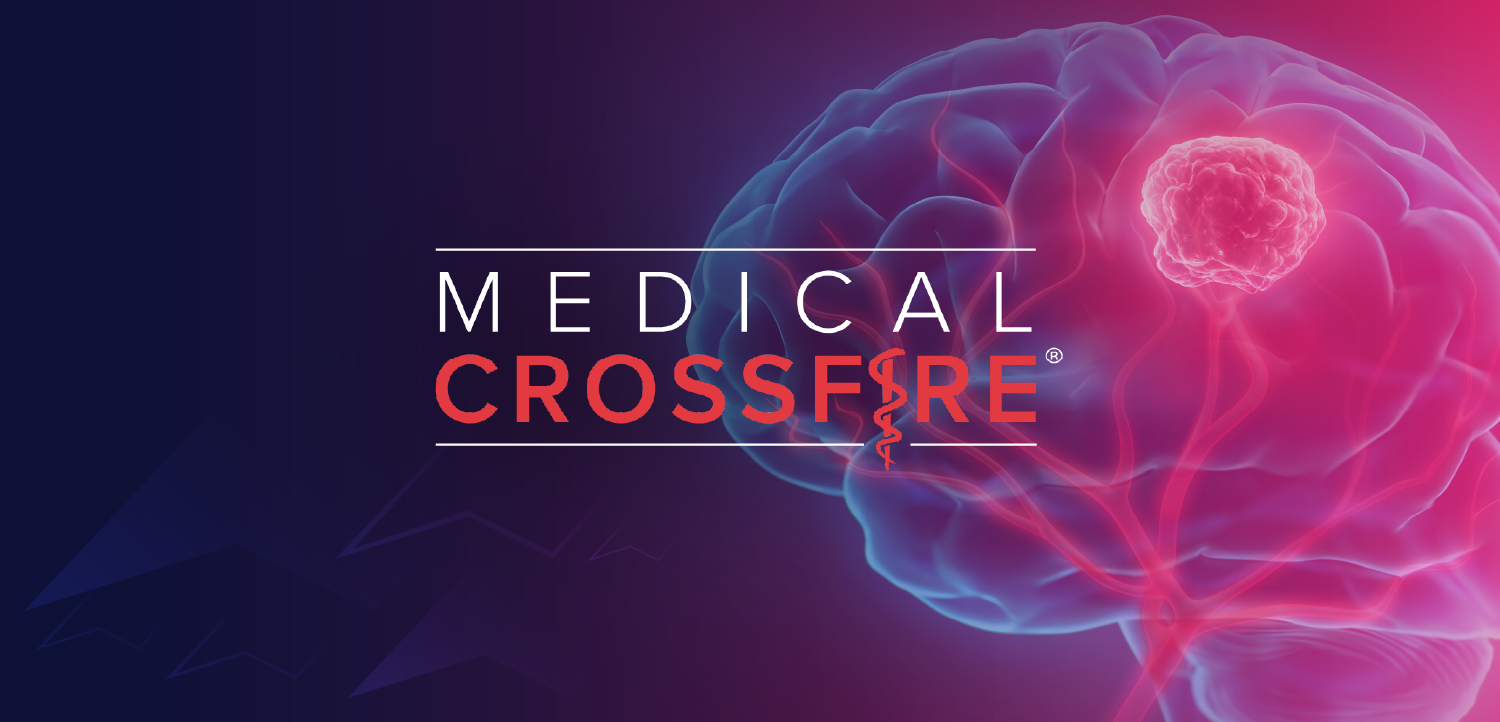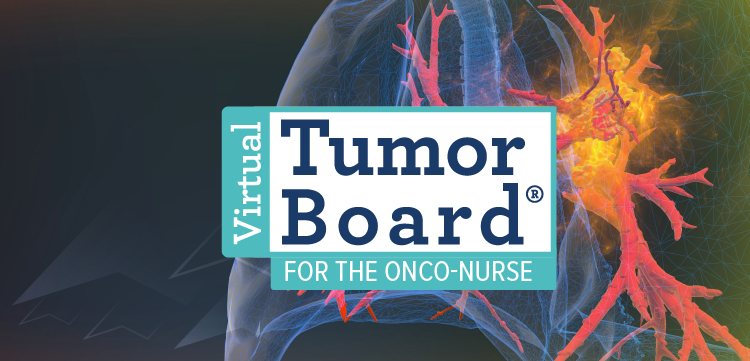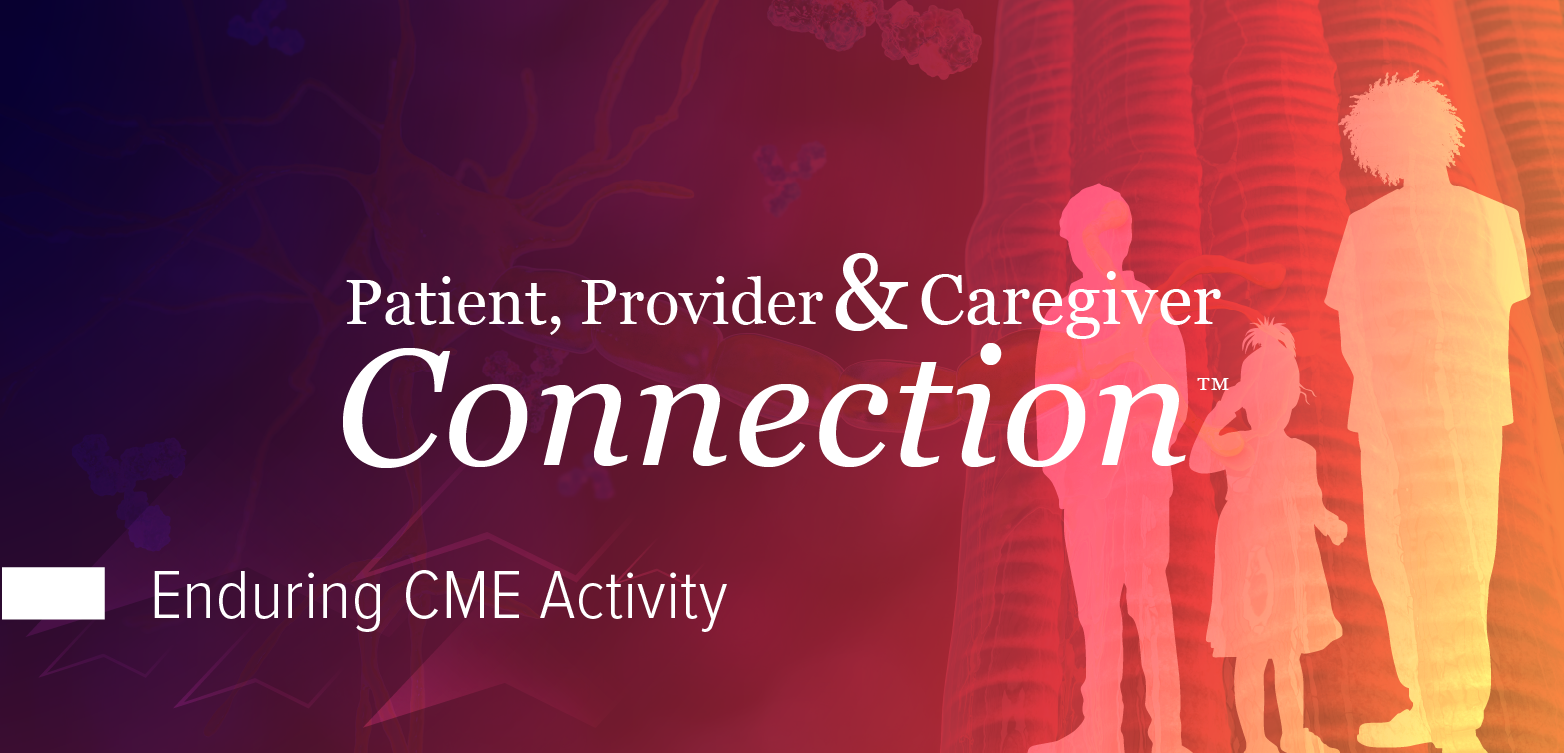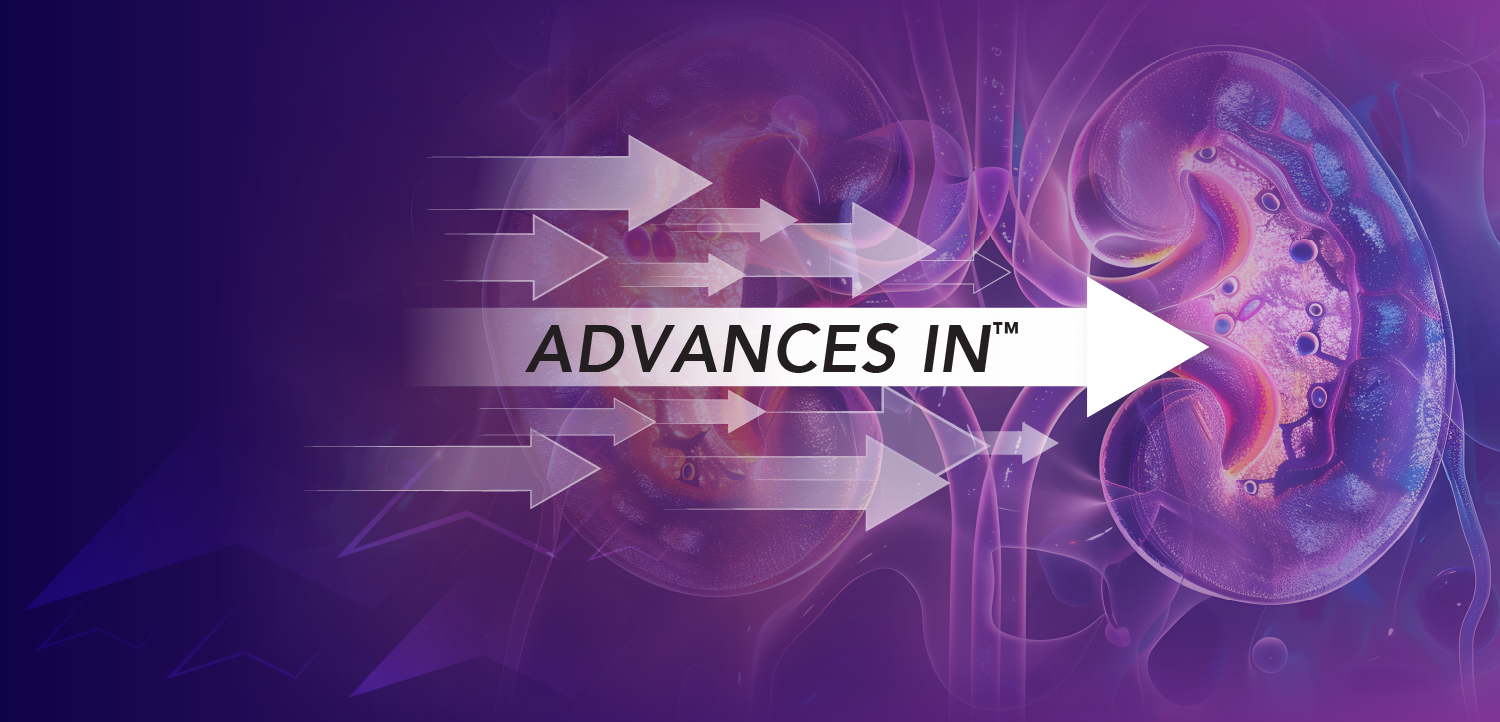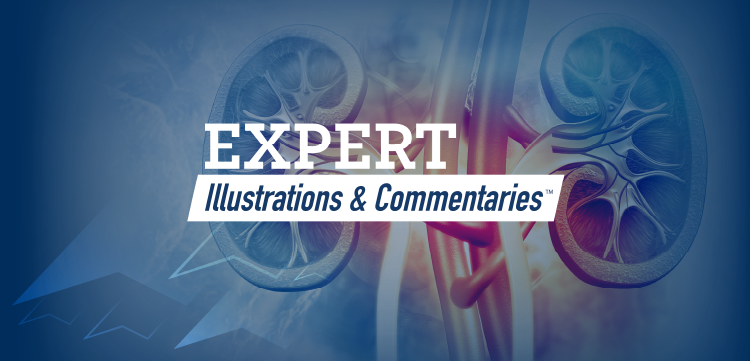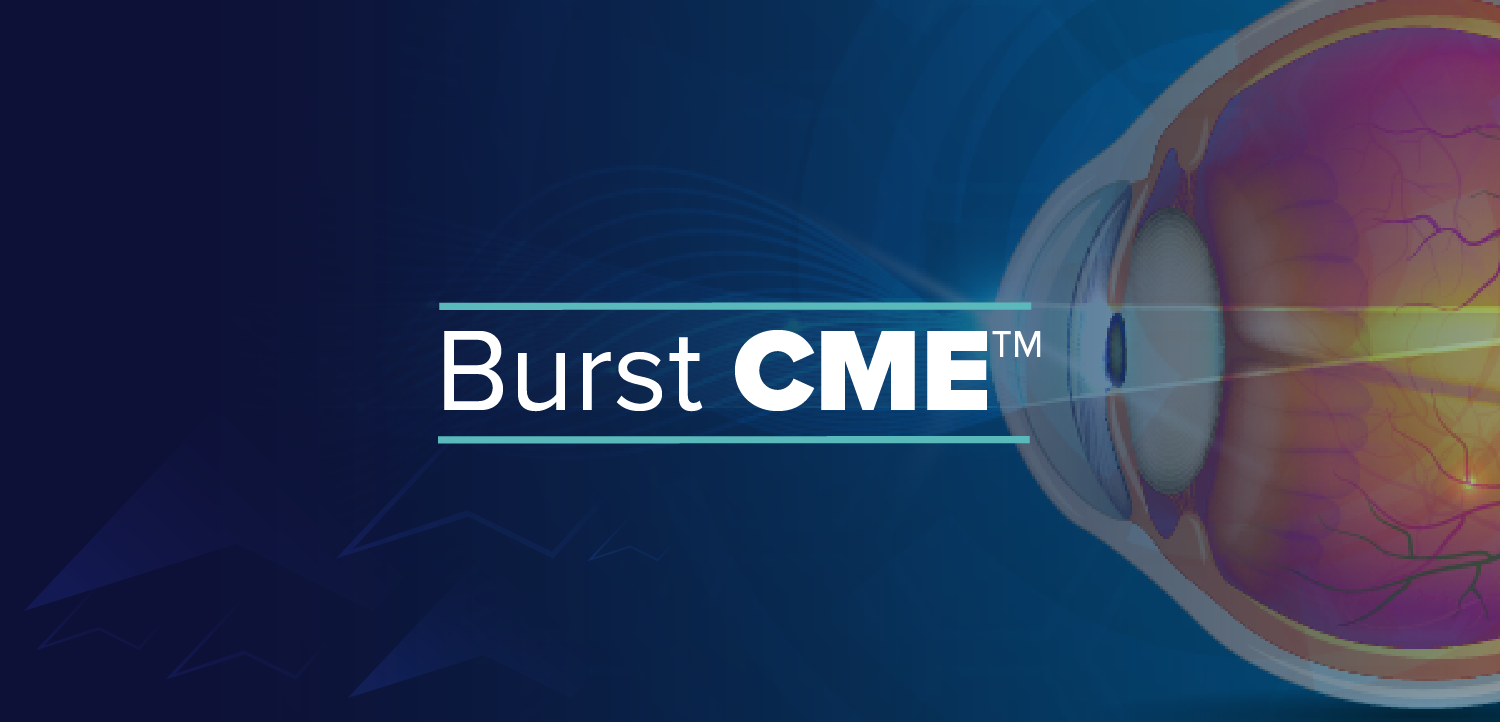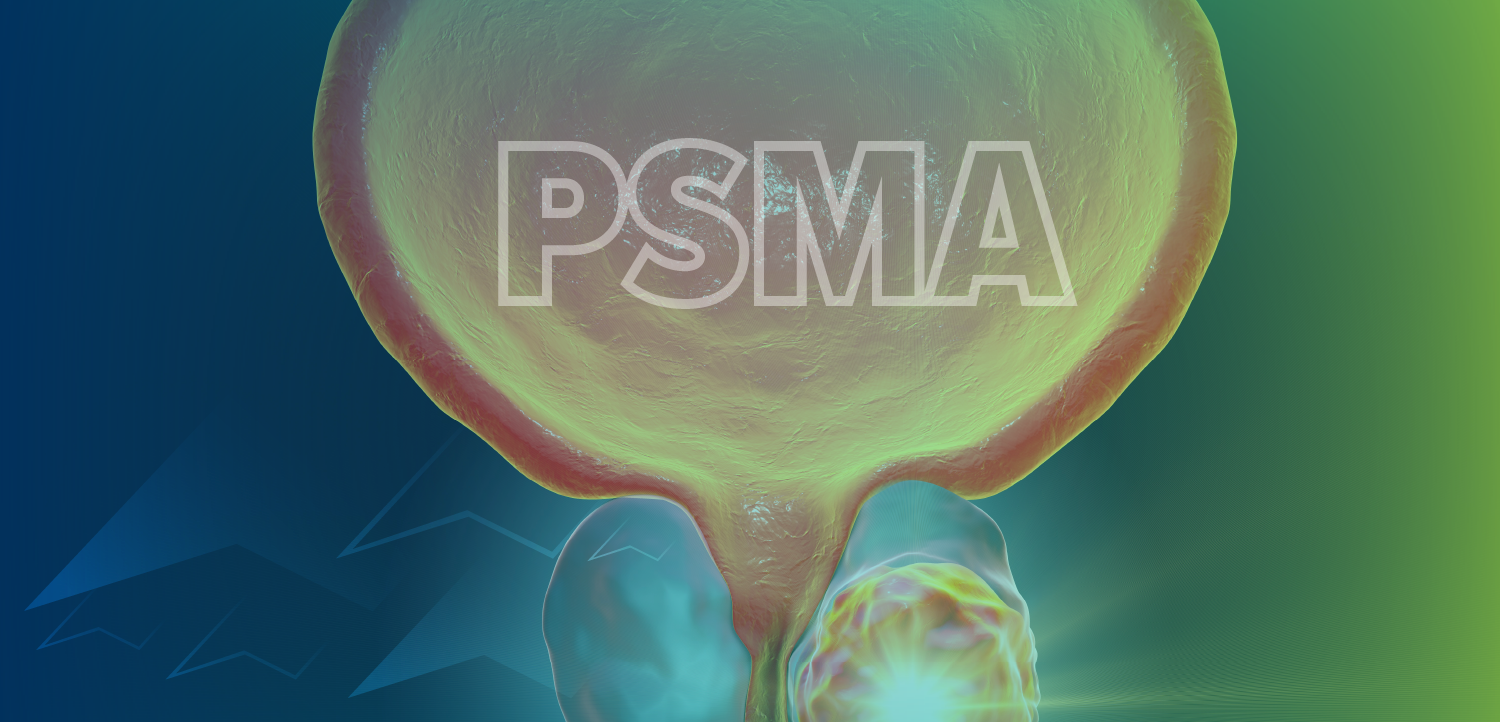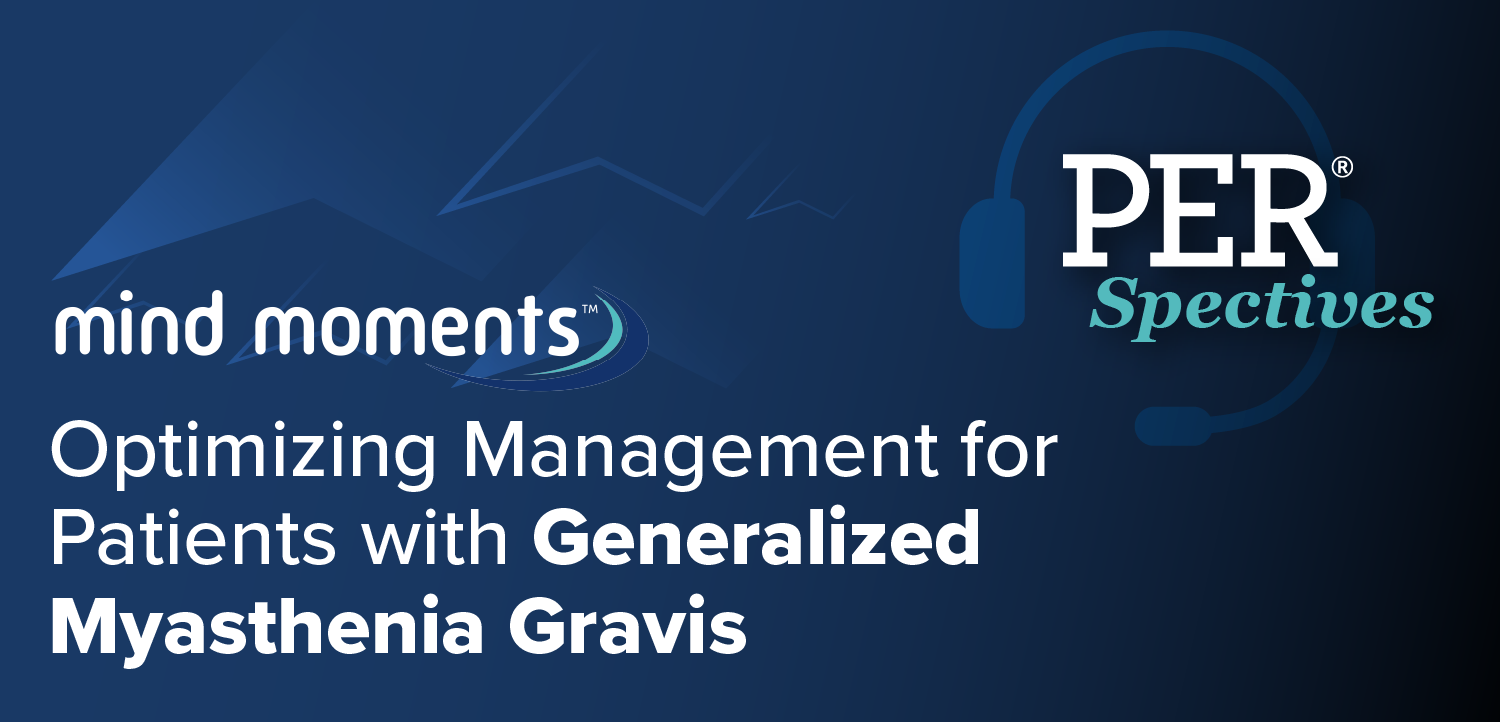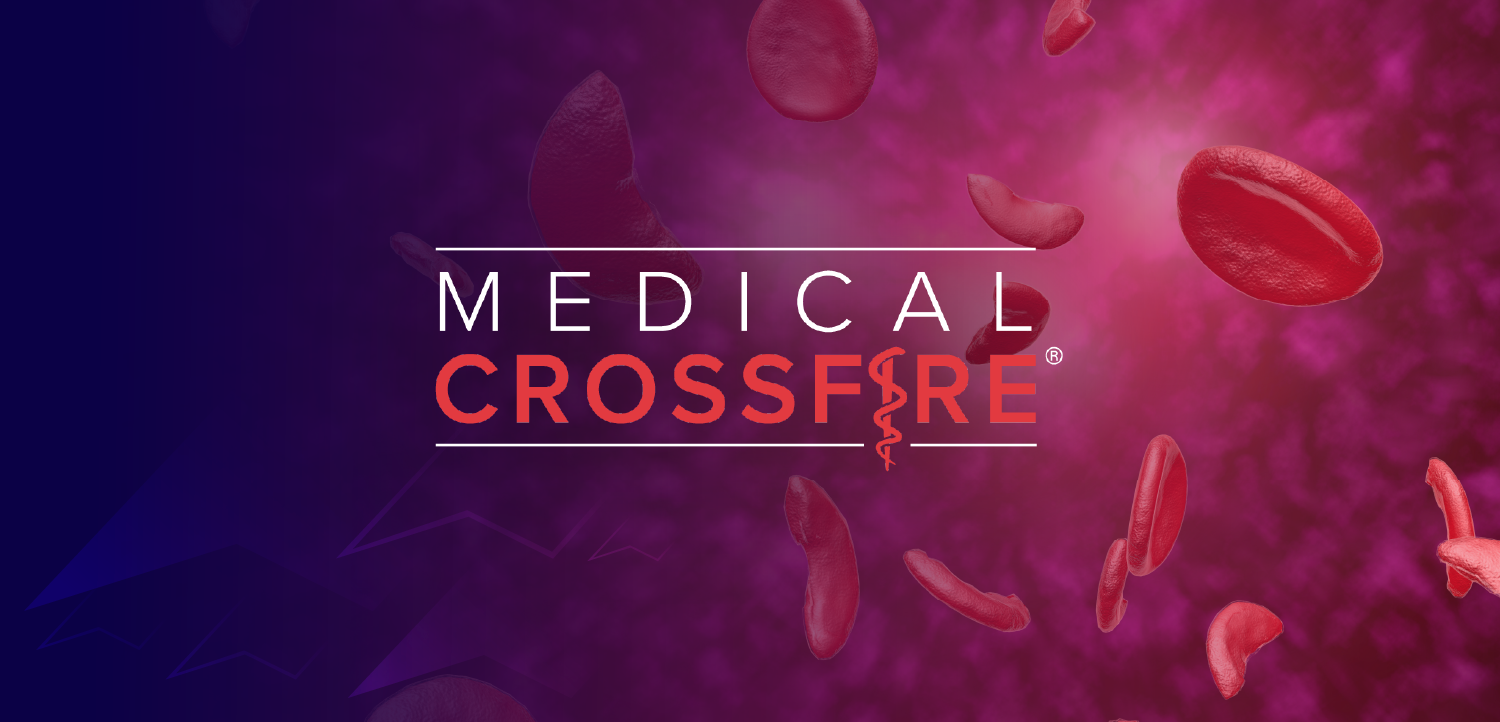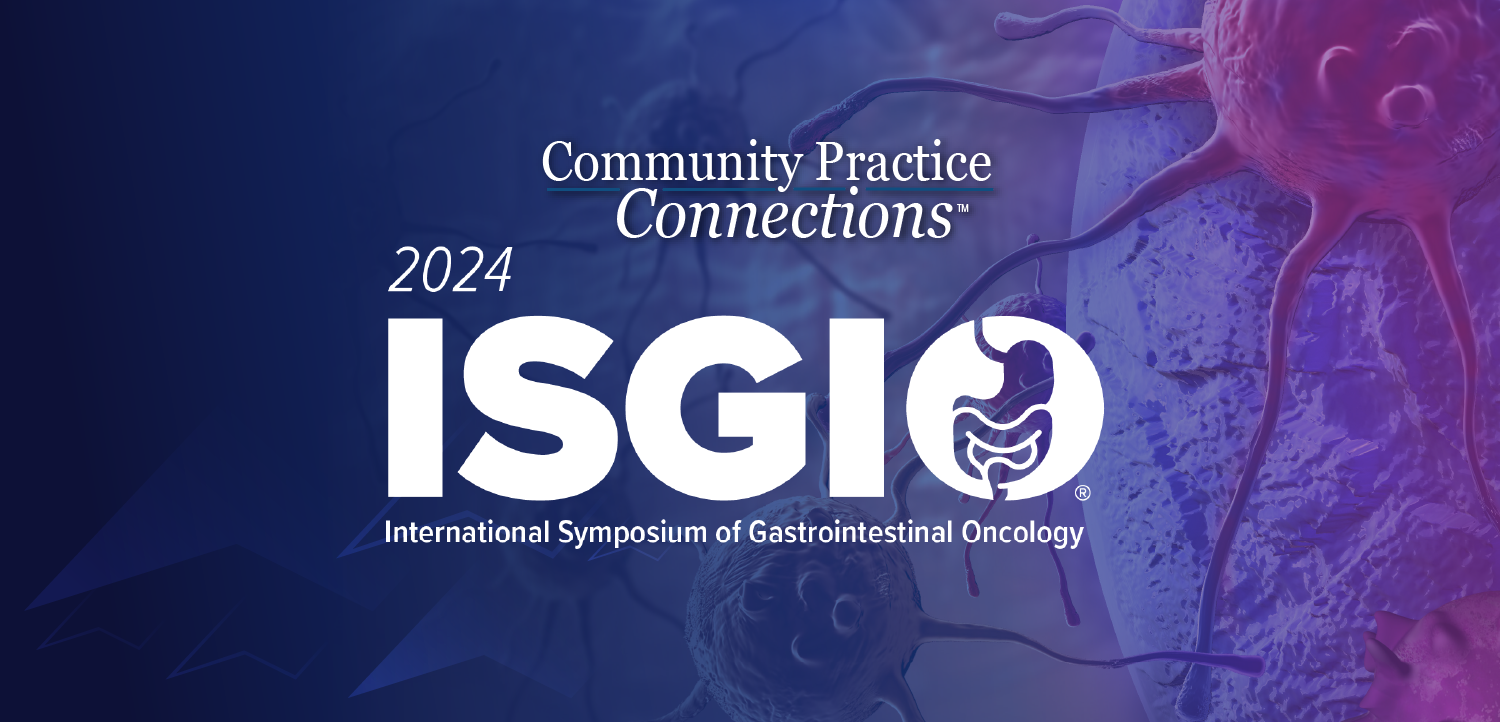
Does Intranasal Insulin Reach Critical Brain Areas Linked to Memory and Cognition?
Insulin delivered via nasal spray in this first-in-human PET imaging study was observed in 11 key brain areas relevant to cognitive decline, validating a new research avenue.
A recent brain imaging study from Wake Forest University School of Medicine provides critical validation that intranasal insulin administration safely and effectively delivers the peptide to key cerebral regions implicated in Alzheimer disease (AD) pathophysiology.1
Published in Alzheimer’s & Dementia: Translational Research & Clinical Interventions, the positron emission tomography (PET) imaging investigation offers definitive evidence of direct brain target engagement, addressing a major translational challenge in prior intranasal insulin trials, study authors wrote.1
“This study fills a critical gap in our understanding of how intranasal insulin reaches the brain,” corresponding author Suzanne Craft, PhD, professor of gerontology and geriatric medicine at Wake Forest University School of Medicine and director of the Wake Forest Alzheimer’s Disease Research Center, said in a Wake Forest press release. According to Craft, insulin resistance is a known risk factor for Alzheimer's disease.2
“We needed direct evidence that the drug is able to reach key brain targets. An unexpected finding was the observation that uptake may differ in people with early cognitive decline,” Craft said. This means we’re no longer flying blind; we now have a roadmap directly to the brain.”2
INI Followed by PET
The first-in-human PET study enrolled 16 older adults (mean age 72 years), including 7 cognitively unimpaired individuals and 9 diagnosed with mild cognitive impairment (MCI). Following administration of a novel radiolabeled insulin tracer, [68Ga]Ga-NOTA-insulin, using a precision 6-spray nasal delivery system, participants underwent a 40-minute dynamic brain PET scan followed by a 15-minute whole-body scan. All participants reported good tolerability and no difficulty with administering the nasal spray.1
Craft and colleagues reported findings from quantitative analysis that showed elevated tracer uptake in brain regions integral to memory and cognition—specifically the hippocampus, olfactory cortex, amygdala, and temporal lobe. Notably, cognitively normal subjects exhibited higher and more sustained insulin uptake compared with MCI participants, who showed rapid initial accumulation followed by accelerated clearance. Of further interest the researchers found that in women, insulin uptake correlated positively with cardiovascular health biomarkers, while elevated ptau217, a phosphorylated tau isoform linked to amyloid pathology, correlated inversely with brain insulin absorption across multiple regions. Only 2 participants reported adverse events in the form of mild transient headaches reported.1
"This means we’re no longer flying blind; we now have a roadmap directly to the brain.”
Is INI a New Concept?
Intranasal administration, long proposed as a feasible means to bypass the blood-brain barrier's restriction of central nervous system drug delivery, may offer a noninvasive route to circumvent the problem.1 Craft et al noted that validating this delivery modality is essential for advancing therapeutic trials, particularly given recent concerns regarding the limited efficacy and adverse effect profiles of certain anti-amyloid agents.1
The authors cite preclinical and early clinical data that have demonstrated that following intranasal administration, insulin traces perivascular channels along the olfactory and trigeminal nerves, bypassing the blood-brain barrier.1 The delivery mechanism drives rapid insulin delivery and receptor binding in the cortex and hippocampus, according to previous research. "In humans, INI increased CSF insulin within 30 minutes, improved cognition, and enhanced brain activity."3,4 There is research that suggests intranasal insulin modulates AD pathology without systemic glycemic effects.3 This PET study represents the first direct visualization of cerebral insulin distribution following nasal delivery in humans, establishing critical proof of concept.
Alzheimer’s disease, characterized by amyloid plaque deposition and neurofibrillary tangle formation, affects approximately 6.9 million Americans aged 65 and older. Current FDA-approved therapies, including monoclonal antibodies targeting amyloid, have shown limited clinical benefit and do not address underlying metabolic dysfunction. Insulin resistance and dysregulated cerebral glucose metabolism contribute to neuroinflammation, vascular compromise, and synaptic dysfunction, providing a rationale for metabolic interventions in AD, Craft et al point out.
The authors call for future research to expand on these findings in order to elucidate how vascular comorbidities, amyloid burden, and sex-specific factors modulate cerebral insulin uptake. Craft concluded, “While many questions remain, we now have the tools to confirm intranasal drug delivery to the brain, offering a promising avenue for developing more effective and accessible Alzheimer’s treatments.”
References
Erichsen, S. K., Gollapelli, J., et al. First-in-human positron emission tomography study of intranasal insulin in aging and MCI. Alzheimer's & Dementia: Translational Research & Clinical Interventions. 2025;11. doi:10.1002/trc2.70123
New study validates insulin nasal spray to deliver Alzheimer’s drug directly to the brain. News release. Atrium Health Wake Forest Baptist. July 23, 2025. Accessed August 8, 2025.
Hallschmid M. Intranasal insulin for Alzheimer's disease. CNS Drugs. 2021; 35: 21-37. doi:
10.1007/s40263-020-00781-x Born J, Lange T, Kern W, et al. Sniffing neuropeptides: a transnasal approach to the human brain. Nat Neurosci. 2002; 5: 514-516. doi:
10.1038/nn849
Newsletter
Enhance your clinical practice with the Patient Care newsletter, offering the latest evidence-based guidelines, diagnostic insights, and treatment strategies for primary care physicians.


